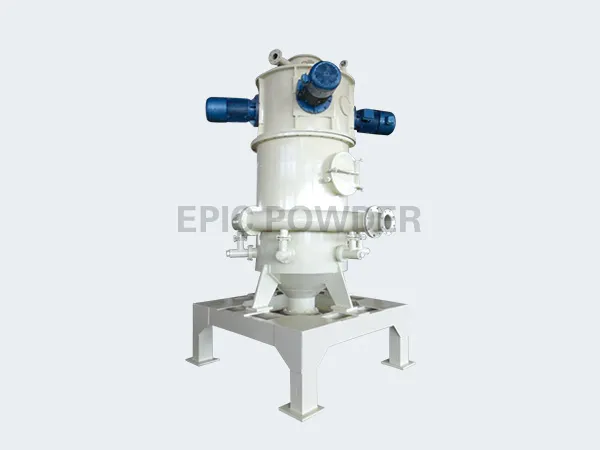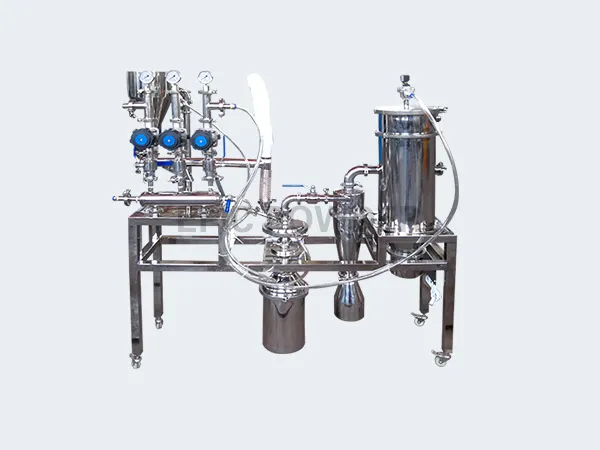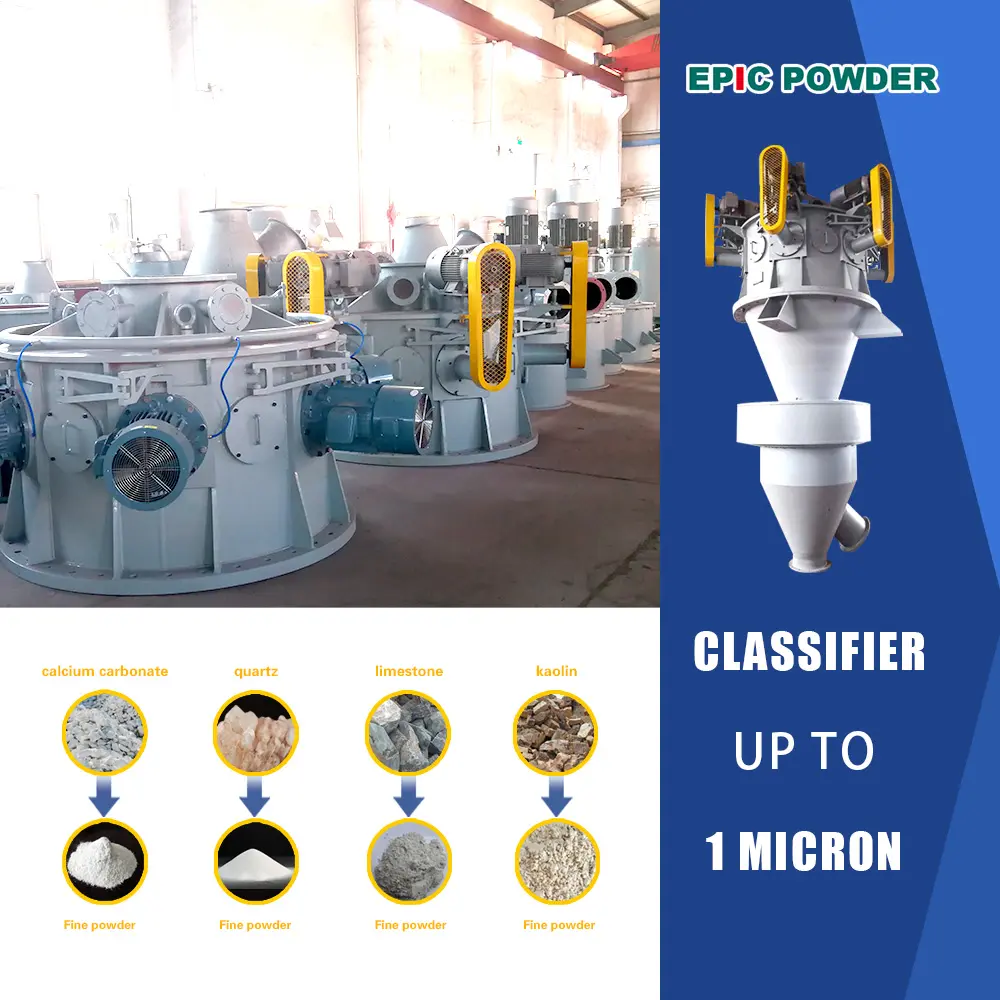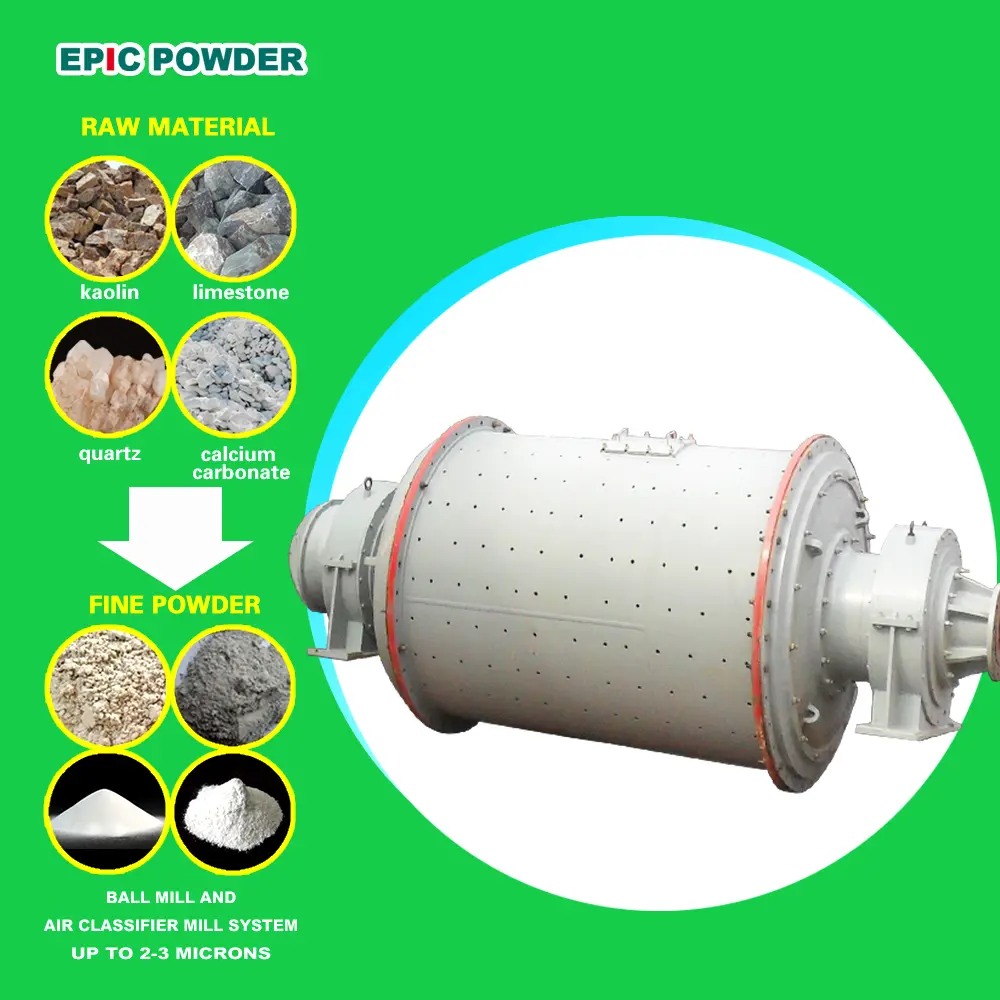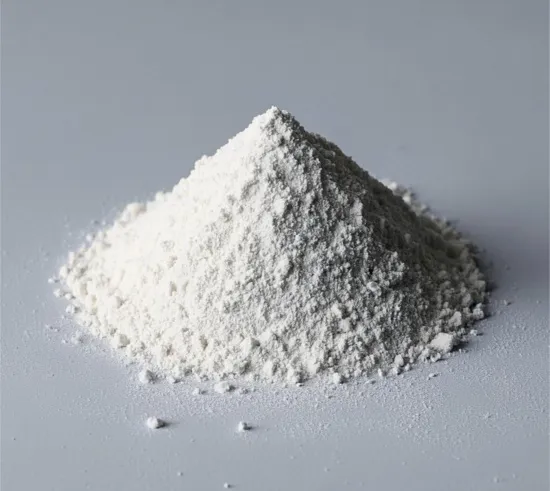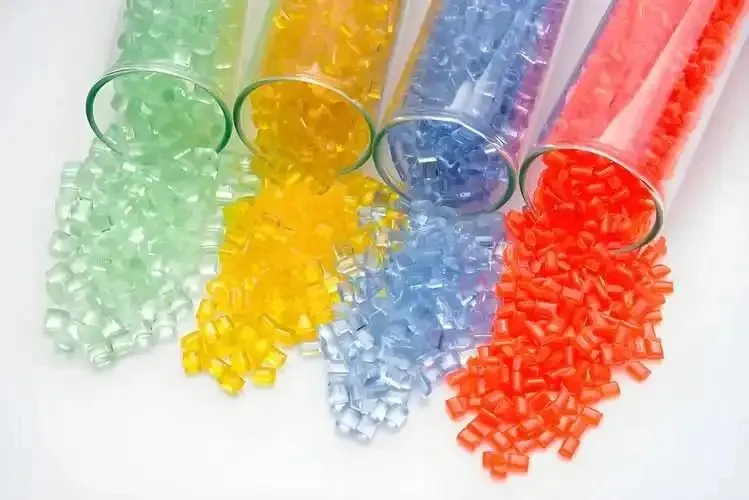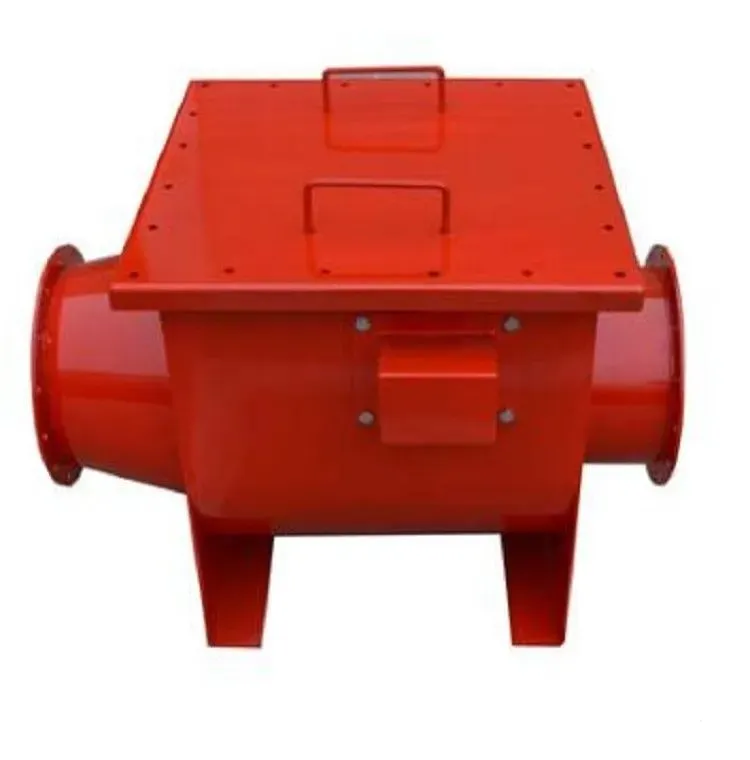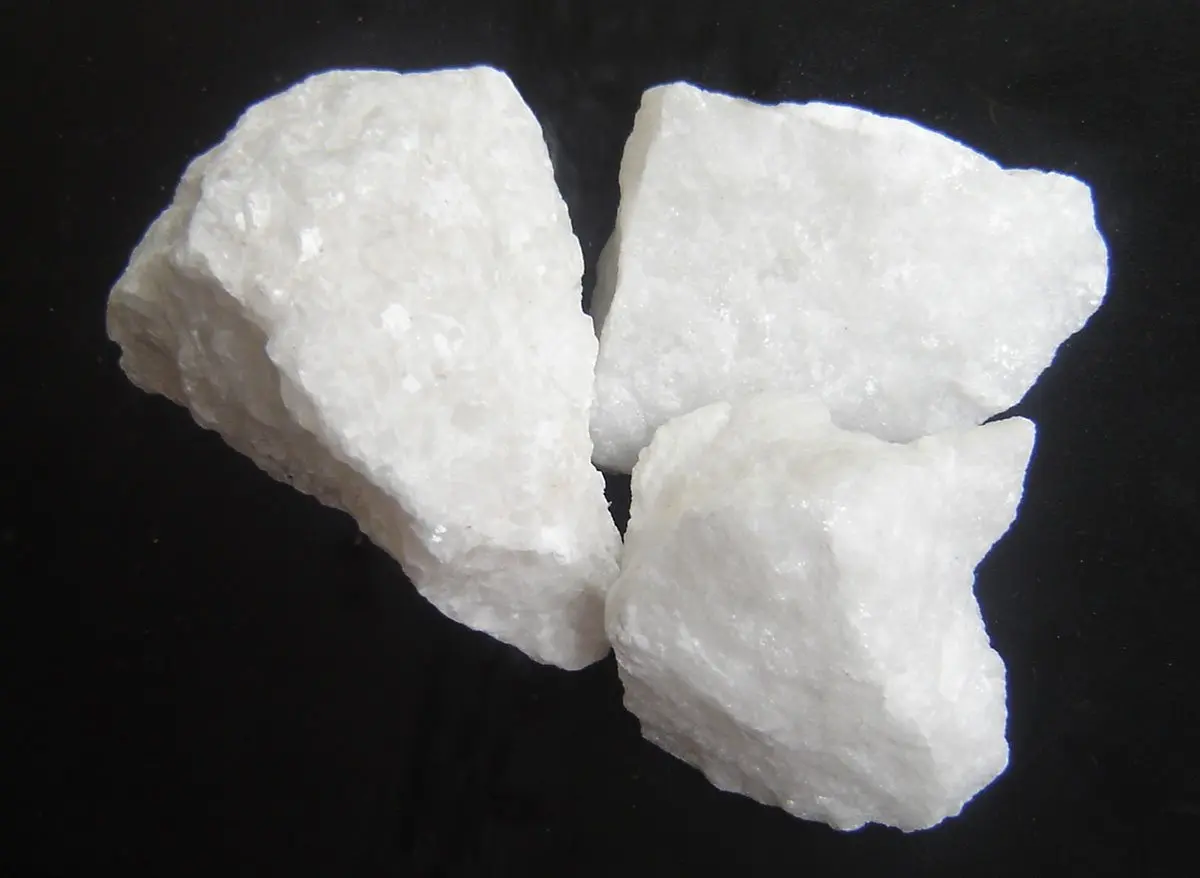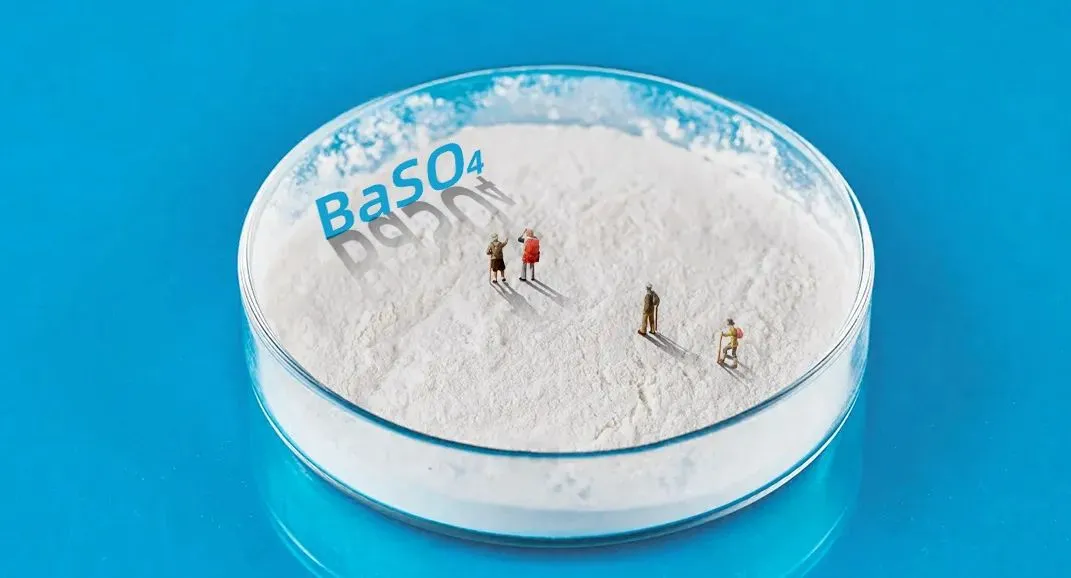Choosing the right jet mill for a task requires two things. You must know the powder’s properties and the jet mill’s specs. This guide will cover powder traits, jet mill types, and their performance factors. It will provide a thorough method for choosing a suitable jet mill.
Understanding Jet Mills
Jet mills are specialized equipment designed for fine grinding and micronization of materials. They operate using high-speed jets of air or gas to accelerate particles and achieve size reduction through particle-on-particle impact. This method is particularly effective for producing ultra-fine powders with narrow particle size distributions.
Types of Jet Mills
- Fluidized Bed Jet Mills: These mills utilize a fluidized bed of particles that are suspended in an upward flow of air or gas. The particles collide with each other, leading to size reduction. They are ideal for materials that require a high degree of control over particle size and distribution.
- Opposed Jet Mills: In these mills, two streams of high-velocity air collide with each other, causing the particles to break apart. They are suitable for brittle materials and can achieve very fine particle sizes.
- Spiral Jet Mills: These mills use a spiral flow path to enhance particle acceleration and collision frequency. They are effective for producing fine powders and are commonly used in pharmaceutical applications.
- Target Jet Mills: These mills feature a target or anvil against which particles are accelerated and impacted, providing efficient size reduction for specific applications.
Key Powder Characteristics to Consider when selecting a jet mill
When choosing a jet mill, several powder characteristics must be evaluated:
1. Particle Size Distribution
- Initial Particle Size: The starting size of the material significantly impacts the choice of jet mill. Materials larger than 1/4 inch typically require pre-milling processes.
- Target Particle Size: Different jet mills can achieve varying target sizes; understanding the desired end product is crucial.
Material Properties
- Brittleness: Brittle materials tend to break apart more easily during milling, making them well-suited for jet milling.
- Density: Low-density powders may require specialized handling techniques due to their behavior during processing.
- Moisture Content: Wet materials can clog jet mills and should be avoided unless specifically designed for such conditions.
- Abrasiveness: Highly abrasive materials can wear down equipment quickly; selecting materials with suitable wear-resistant linings is essential.
Flowability
- The ability of powder to flow freely affects how it is fed into the mill and its subsequent processing efficiency. Powders that clump or stick together may require additional processing steps.
Thermal Sensitivity
- Heat-sensitive materials may degrade during milling due to frictional heat; jet mills can mitigate this by using compressed air or inert gases to cool the process.
Jet Mill Operational Parameters
In addition to powder characteristics, operational parameters play a crucial role in determining the suitability of a jet mill:
1. Airflow Rate
- The volume of air or gas used in the milling process affects both particle acceleration and cooling. Optimizing airflow is essential for achieving desired particle sizes.
2. Nozzle Design
- The configuration and design of the nozzles influence how effectively particles are accelerated and collided within the milling chamber.
3. Classifier Settings
- Many jet mills include classifiers that separate fine particles from coarser ones based on size; adjusting these settings can help achieve precise particle size distributions.
Choosing the Right Jet Mill
To choose an appropriate jet mill based on powder characteristics, follow these steps:
- Analyze Powder Characteristics:
- Determine initial and target particle sizes.
- Assess material properties such as brittleness, density, moisture content, abrasiveness, flowability, and thermal sensitivity.
- Evaluate Jet Mill Types:
- Compare different types of jet mills (fluidized bed, opposed jet, spiral jet, target) based on their operational principles and suitability for your material characteristics.
- Consider Operational Parameters:
- Assess airflow rates, nozzle designs, and classifier settings that align with your processing goals.
- Conduct Trials:
- If possible, perform small-scale trials using different jet mills to evaluate performance before committing to full-scale production.
- Consult Experts:
- Engage with manufacturers or experts in jet milling technology who can provide insights tailored to your specific needs.
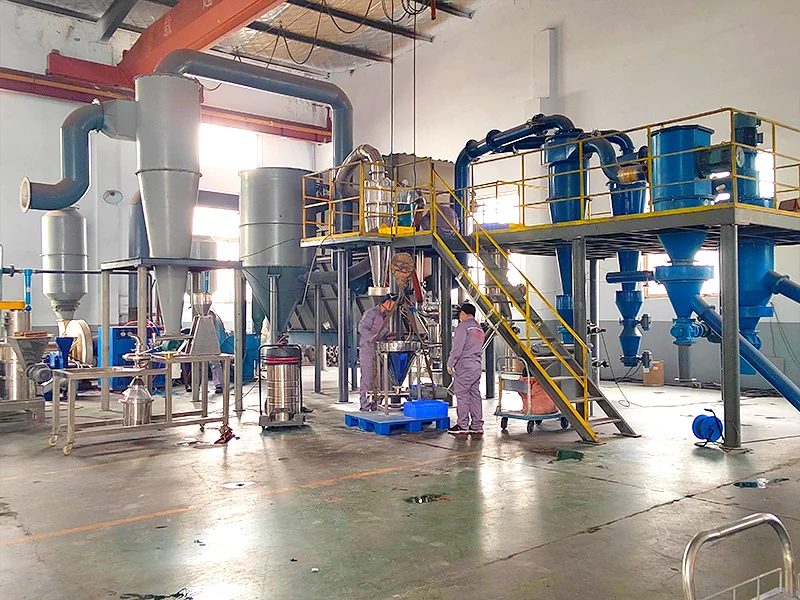
EPIC Powder Machinery has researched and developed powder equipment for over 20 years. It is a manufacturer. We have rich experience in the production and development of air jet mills. We have air jet mill prototypes. They can meet most working conditions.
If you have experimental needs, please submit your info.
Choosing a suitable jet mill based on powder characteristics requires a thorough understanding of both the materials being processed and the operational capabilities of different milling technologies. By carefully analyzing these factors and conducting trials when necessary, businesses can optimize their powder processing operations for efficiency and quality.

